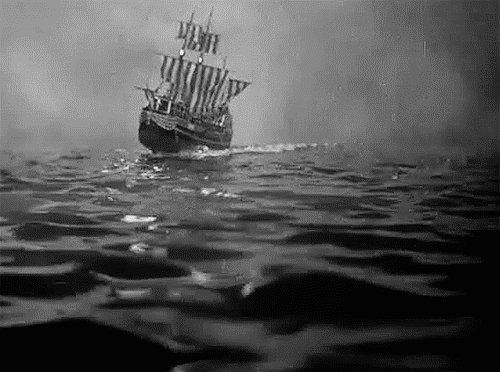Trying to figure out when problems can be solved using current knowledge—and when they have to chart a new path instead ...
When problems are so far off the map that mathematicians can’t even imagine how to reach them, the challenge is more than coming up with a better boat — it’s coming up with a better map. If you don’t know where an island is located, no amount of ingenuity will get you there. But once you’ve located it, you might find a surprising route that will bring you to its shores.This was the case with the most celebrated mathematical result of the 21st century — Grigori Perelman’s 2003 proof of the Poincaré conjecture, a problem about determining when a three-dimensional shape is equivalent to the three-dimensional sphere. The problem had stymied mathematicians for a century. Then in the early 1980s, William Thurston placed the Poincaré conjecture in a broader theoretical landscape — and from there, mathematicians began to discover new ways to approach it.“I think one of the reasons we were stonewalled was not because we didn’t have the right techniques, but because the problem wasn’t put in the right conceptual framework,” McMullen said. “The changed question suggested the changed techniques.”In other words, if a new map reveals a surprising sea route to your destination, it might occur to you to build a ship.Yet there’s also no guarantee that a problem can be solved at all. For example, a certain conjecture suggests that the digits of pi are uniformly distributed, so the numbers 0-9 each appear with the same frequency overall. Experimental computations back up the conjecture, but mathematicians have no idea how to prove it — and they may never.“There’s a very high probability that the conjecture is true, but its truth might be an accident that’s very hard to access by pure logic,” McMullen said.










































































































































































No comments:
Post a Comment